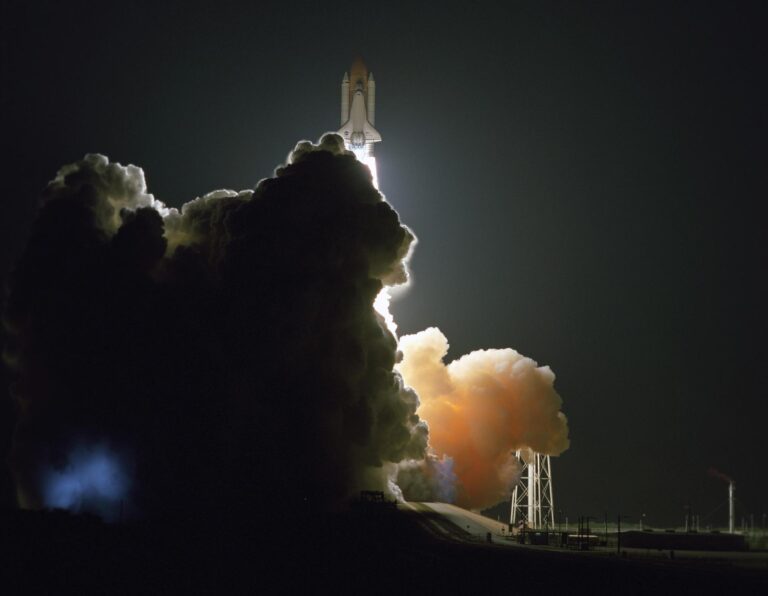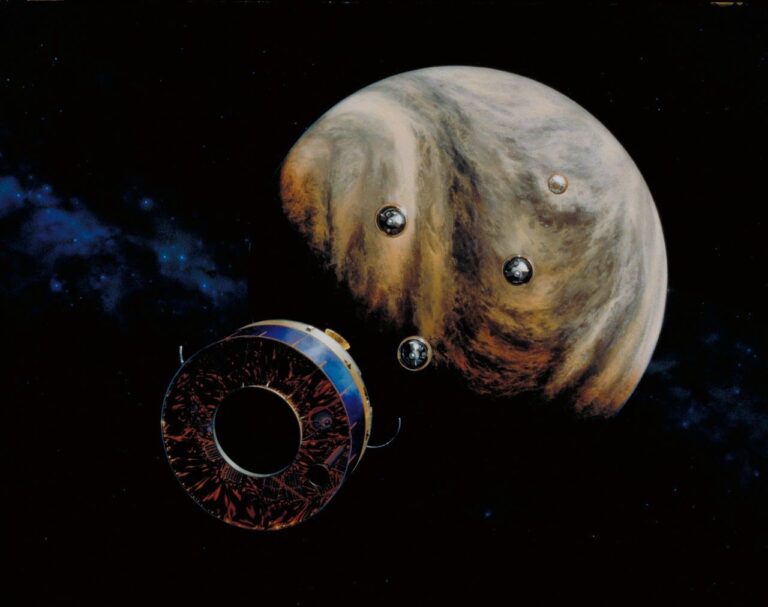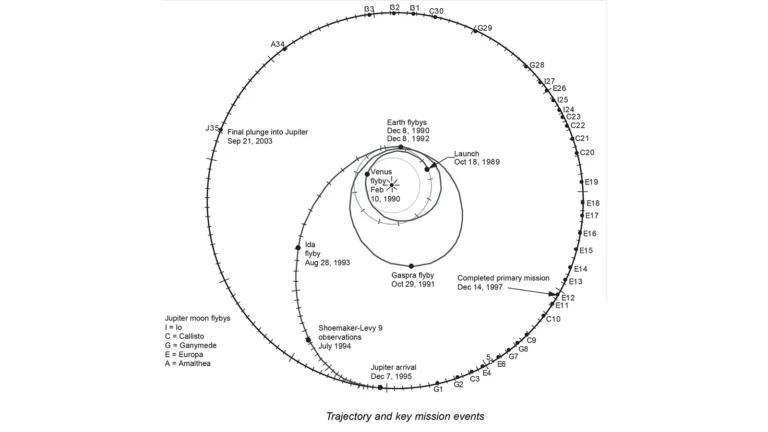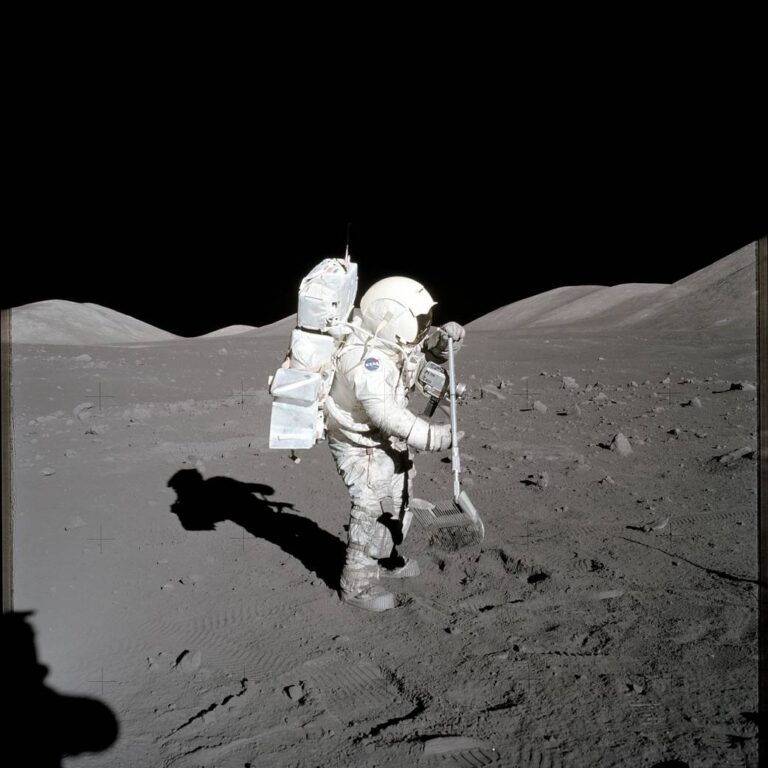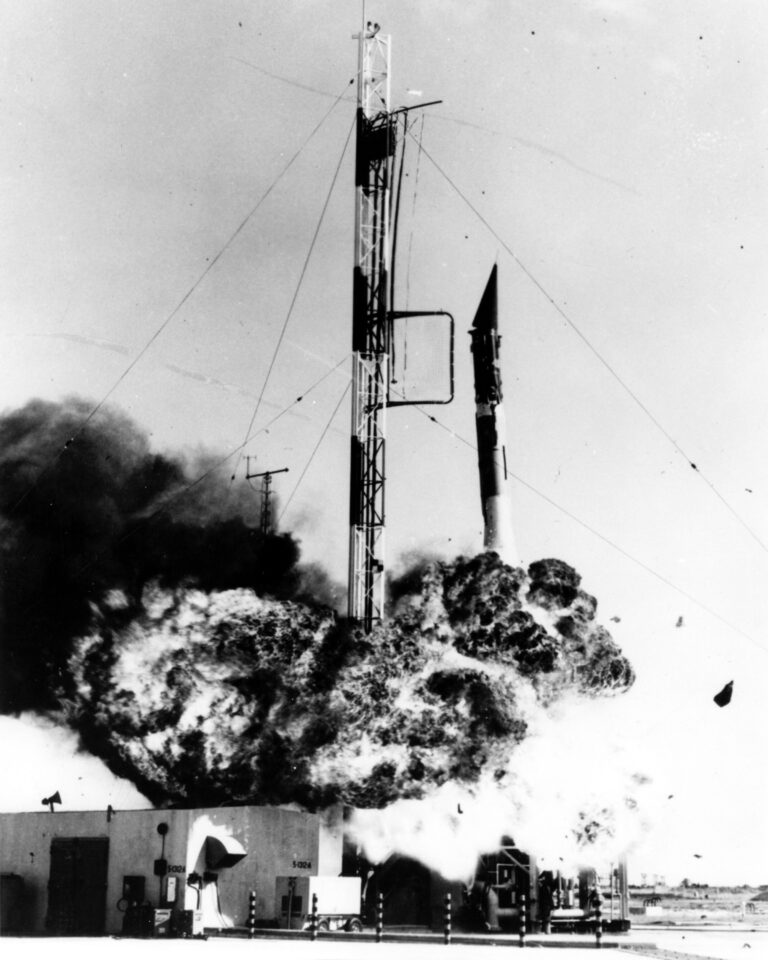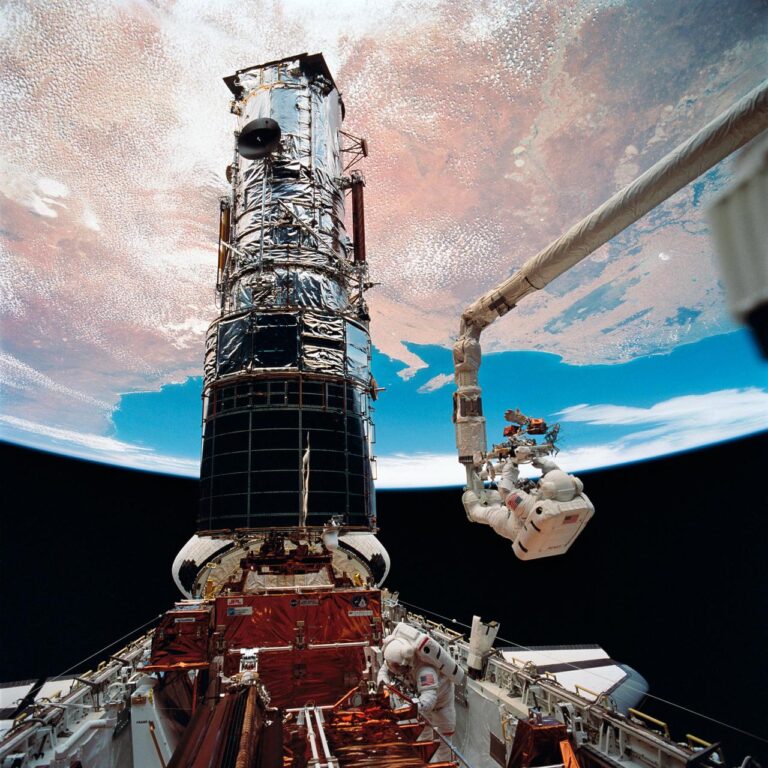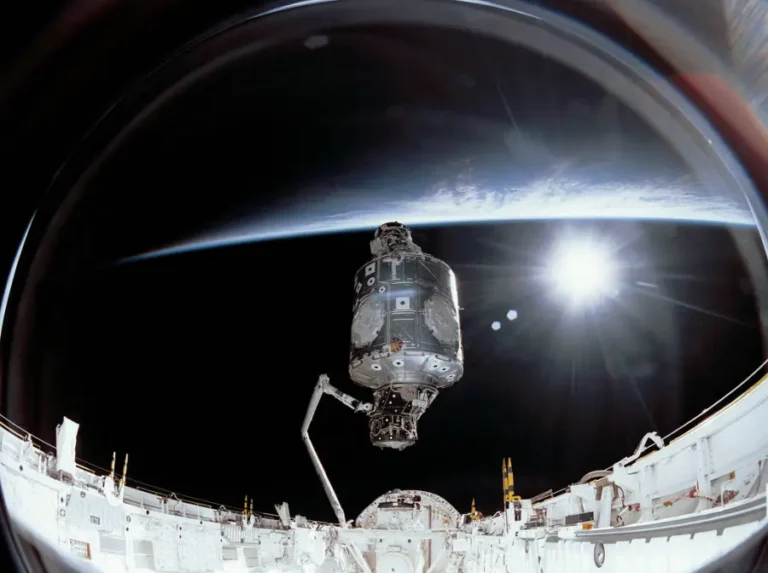Key Takeaways:
On January 23, the mission expanded its solar arrays for the last time before its scheduled Mars landing in November 2018. Insight’s solar units, which will power the lander on the Red Planet, underwent successful illumination testing to confirm that they collect power properly. InSight’s other features will continue to undergo testing at Lockheed Martin Space near Denver, Colorado, where the mission was built.
“There are still many steps we have to take before launch, but this is a critical milestone before shipping to Vandenberg Air Force Base in California,” said Lockheed Martin InSight Assembly, Test and Launch Operations Manager, Scott Daniels, in a press release.
The mission, led by NASA’s Jet Propulsion Laboratory (JPL) in Pasadena, California, is equipped with solar technology specifically designed for conditions on Mars. Despite low amounts of sunlight and a dusty surface, the high-powered solar panels are capable of powering InSight for a minimum of two years (one Martian year) while it conducts an in-depth analysis of Mars’ interior.
“Think of InSight as Mars’ first health checkup in more than 4.5 billion years,” said the mission’s principal investigator at JPL, Bruce Banerdt. “We’ll study its pulse by ‘listening’ for marsquakes with a seismometer. We’ll take its temperature with a heat probe. And we’ll check its reflexes with a radio experiment.”
Although NASA has taken on most of the legwork, they found a way for the public to join the exploration. While testing the solar panels, engineers also attached a microchip to InSight that contains the names of over 1.6 million people who wanted to accompany the mission on its interplanetary journey. This list is in addition to 827,000 names that were attached via a separate microchip in 2015. “It’s a fun way for the public to feel personally invested in the mission,” said Banerdt. “We’re happy to have them along for the ride.”
With its solar technology running smoothly, and the company of over two million Earth-bound allies, InSight is on the fast track to making unprecedented discoveries.


